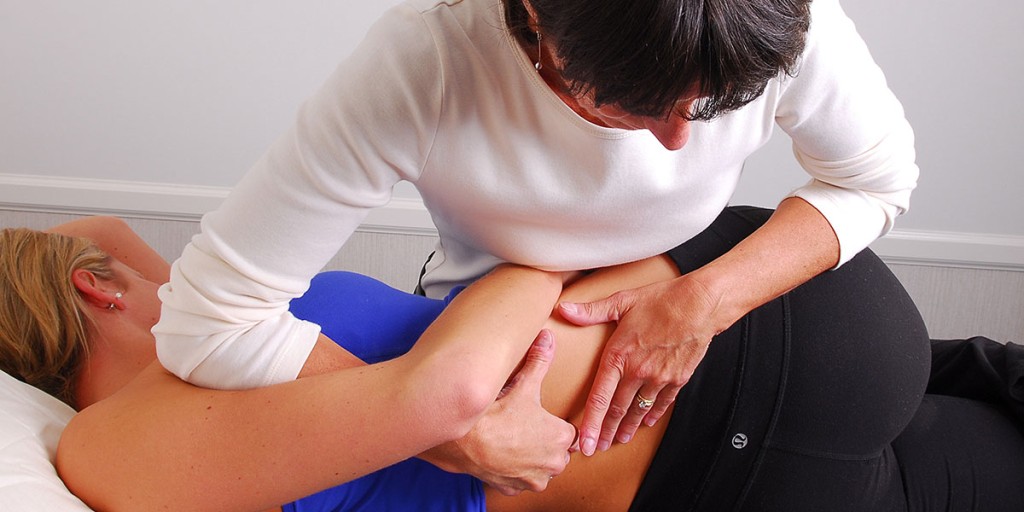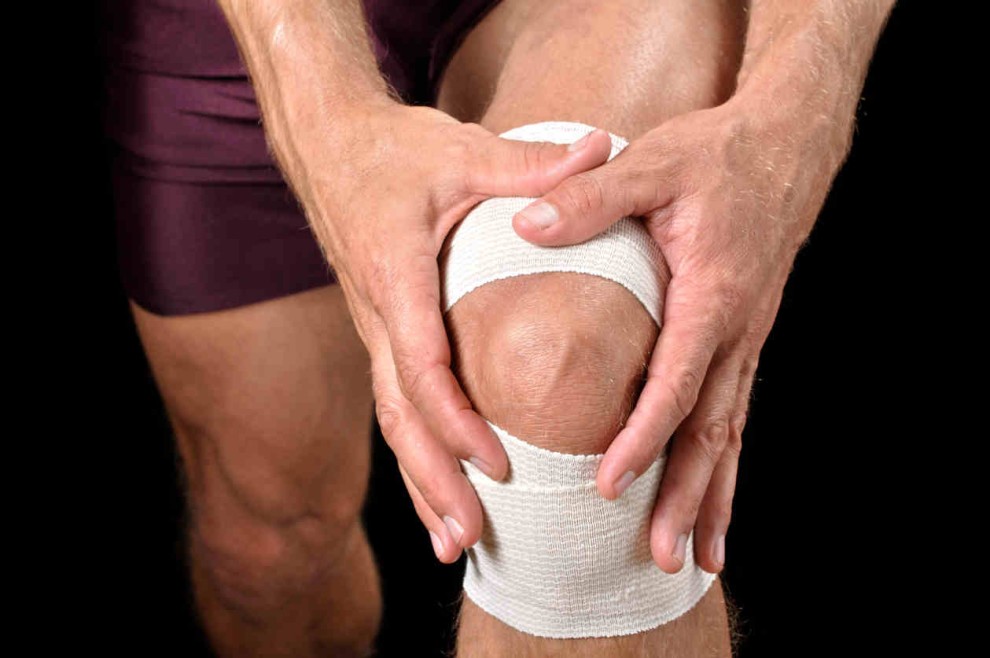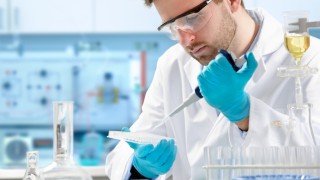Over the last six decades, adults, as well as children, have been participating in organized sports due to the various resulting health benefits that increased physical activities have on their general health and well-being, as well as the monetary advantages that those engaging in professional sporting activities obtain. However, according to recent statistical data provided by the United States Centre for Disease Control, it is noted that the increased participation in sports has also led to the increased number of patients seeking medical attention for sport related injuries with an estimated two million professional athletes obtaining injuries that require doctor visits or hospitalization each year. Most notably are injuries that affect an athlete’s back, tendons, ligaments, and joints such as knees, elbows, shoulders, wrists, and ankles.
Although some of these injuries may require surgical treatment methods depending on the severity of the damage caused to the part of the body affected, most can be treated through the employment of various non-surgical treatment procedures. These include the ingestion of medication for pain relief and hasten the healing process, physical therapy/ chiropractic, and massage therapy.
Medication
As one of the best non-invasive means of treating sports-related injuries among athletes, physicians typically prescribe specific strong pain relieving medications, cortisone injections to reduce inflammation, or recommend safe steroids that work to increase the rate of healing. Medications may also include pain relievers or numbing agents that can be purchased over the counter to help an athlete deal with the pain experienced after an injury. As such, the use of medications to serve the aforementioned purposes is almost always prescribed alongside other non-invasive methods of treating any sports injuries.
Physical Therapy/ Chiropractic
Loosely defined, chiropractic refers to the natural and holistic alternative to modern medicine. It is aimed at ensuring that an individual benefits from supreme well-being and health by optimizing the flow of communication (nerve messages) between the body and the brain. Chiropractic or physical therapy is typically used in the treatment of injuries that affect an athlete’s back, tendons, ligaments, and joints such as knees, elbows, shoulders, wrists, and ankles. Based on an athlete’s injury, chiropractors, and physical therapists work to create an exercise program that builds strength in the tendons, muscles, and ligaments injured during any competitive play.

Massage Therapy
Massage therapy has been noted to be among the top non-invasive means of treating different medical conditions as well as sports injuries due to the therapy’s low-risk characteristic. Massage therapy is typically utilized in the treatment of back, neck, and soft tissue injuries. Moreover, athletes are commonly advised to receive massage therapy in order to sustain their fitness as well as prevent injury. The technique is used to prevent injury during competitive play because massage keeps one’s muscles supple (thereby improving muscle flexibility) by getting rid of any accumulated lactic acid within the muscle.
With regard to the treatment of both new as well as recurring old injuries, massage therapy works to speed up the body’s healing process whilst reducing pain. The technique helps in the healing process by increasing one’s blood circulation and thus, assists in the process of delivering nutrition to the injured tissue or muscle. In addition, massage therapy works to enhance muscle relaxation and increase the level of endorphins, which are “feel good” hormones, which are beneficial in relieving pain and speeding up the recovery process.
In conclusion, individual participation in competitive sports can result in various injuries that result in pain and the inability to perform physical activities. However, most of these injuries can be treated by non-surgical methods such as physical therapy, massage therapy, and the intake of prescribed medications. Through these means, injured athletes can regain their muscle flexibility, increase their pain endurance, and enhance the range of joint motion.



